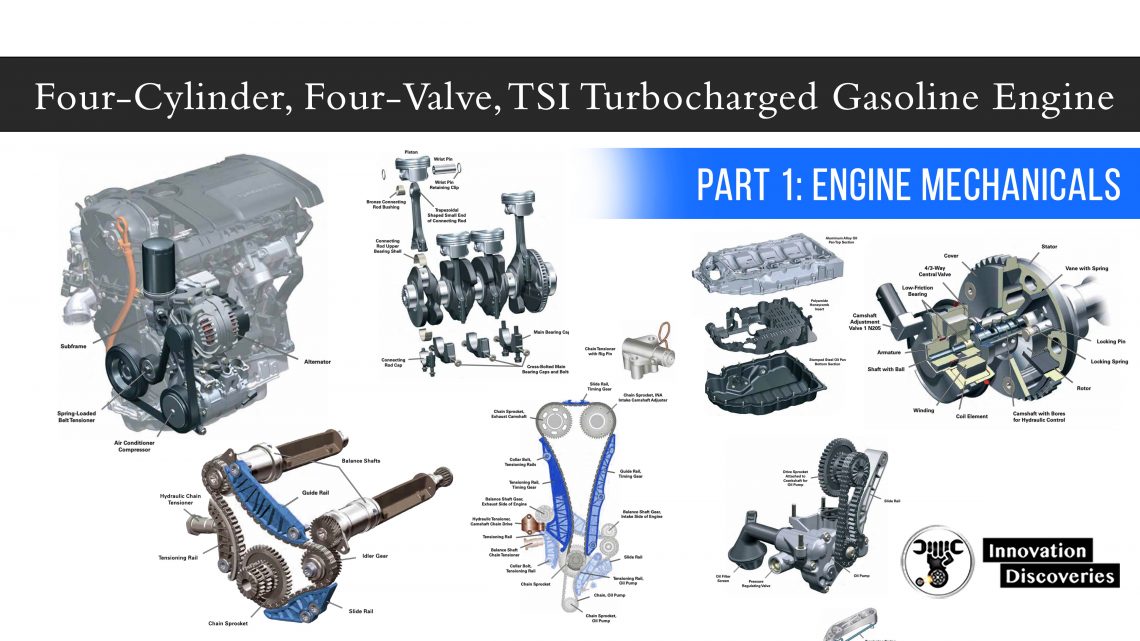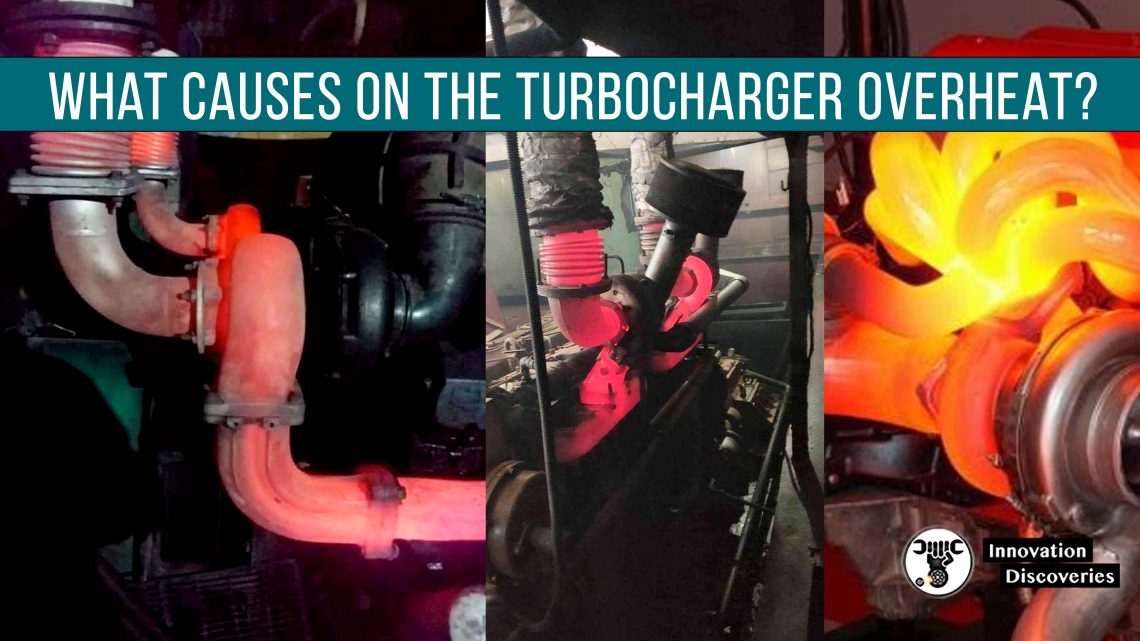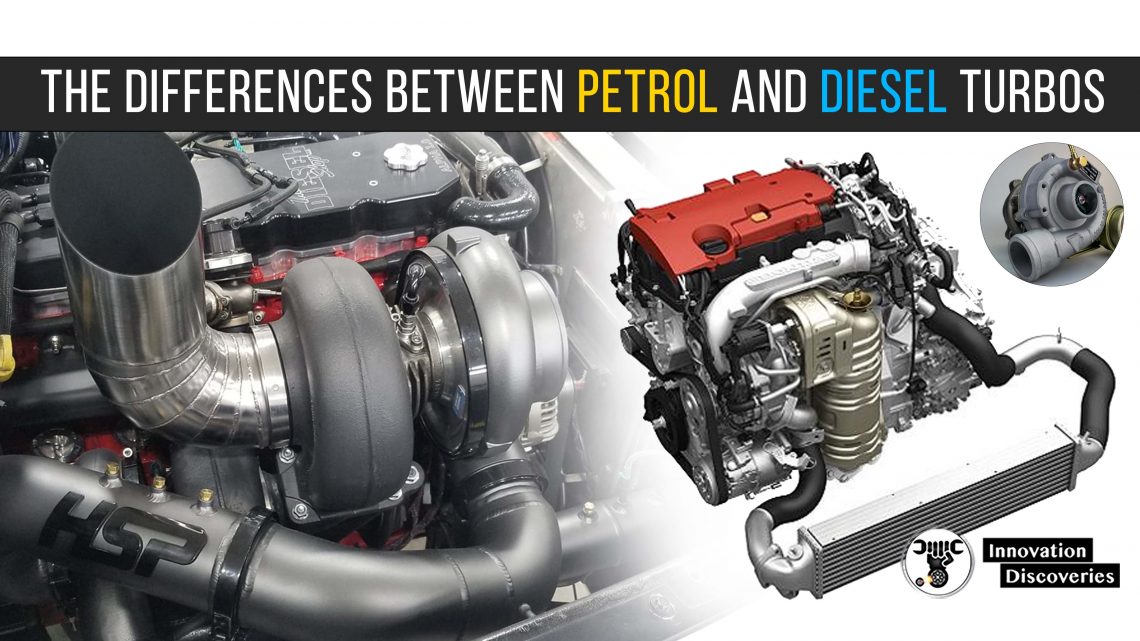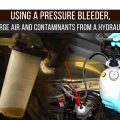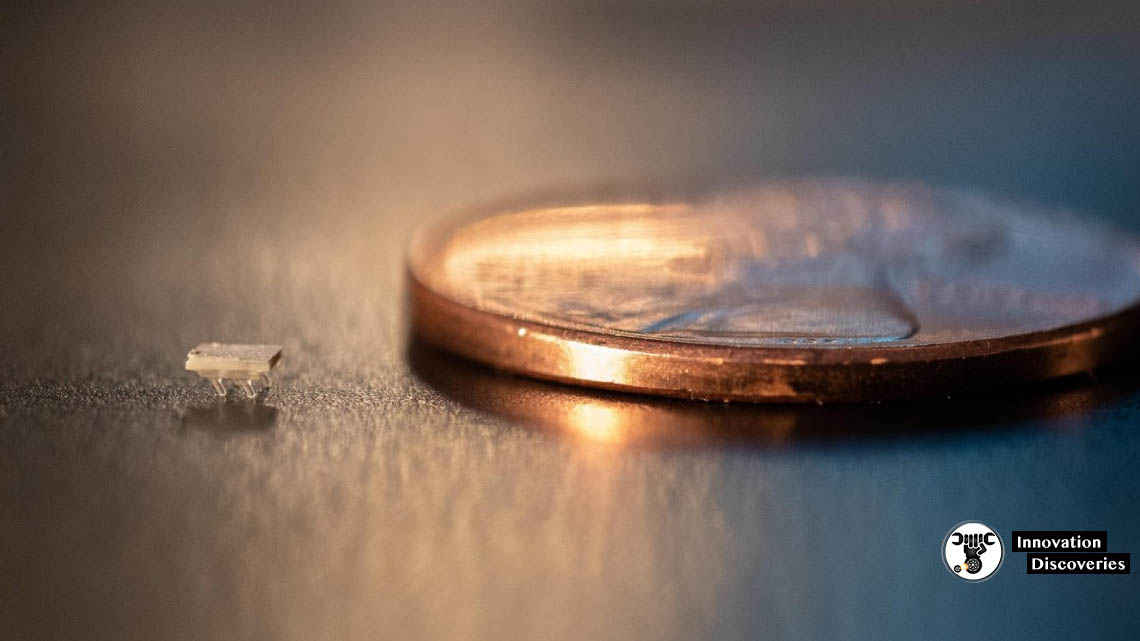
In a turbocharged engine, the exhaust gas which would normally be wasted is used to drive a turbine.
The turbine in turn drives a compressor, which draws in air and compresses it, and supplies it at a higher pressure to the engine.
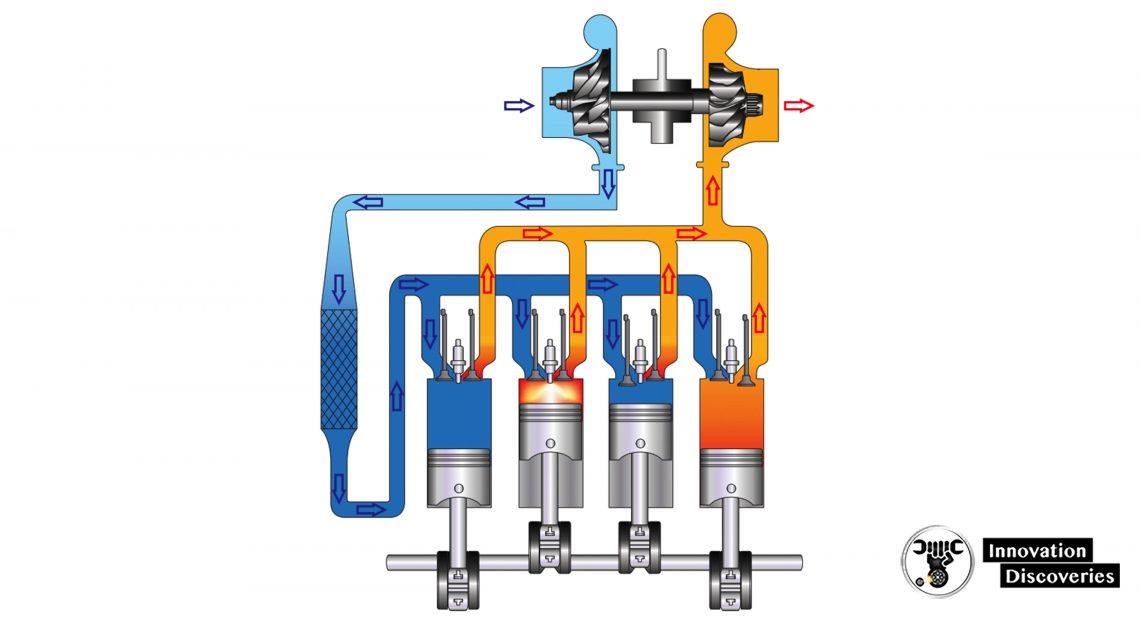
Due to higher air availability and by supplying more fuel, engine power output can be increased.
Higher air availability helps in better combustion, thus leading to reduced fuel consumption and less emission.
Advantages Of Turbocharger
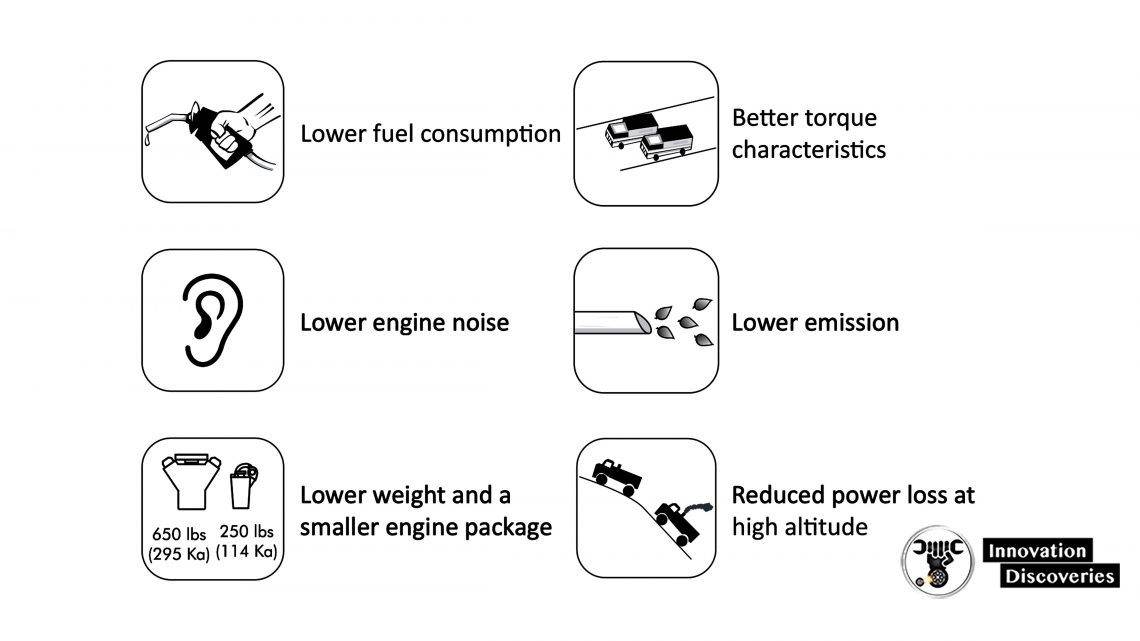
As a result, turbochargers contribute significantly to the protection of the environment and better utilization of energy resources.
CONSTRUCTION & FUNCTION OF A TURBOCHARGER
Turbocharger (TC) primarily comprises of a compressor section and a turbine section.
The turbine and compressor wheels are mounted on a common shaft, hence they rotate as a single unit.
This sub-assembly is known as the rotor assembly. The rotor assembly is supported by journals placed inside the central housing.
Turbine Section
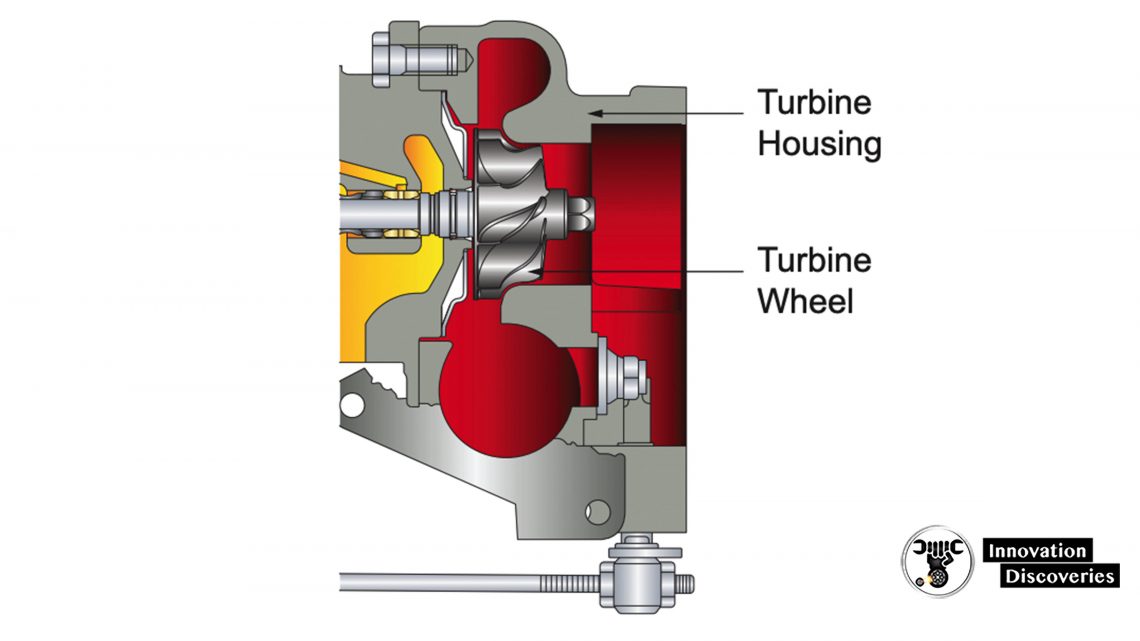
The turbine section consists of the turbine wheel and turbine housing.
The pressure energy available in the exhaust gases is converted into Kinetic energy by the turbine housing and is used for rotating the turbine wheel.
Compressor Section
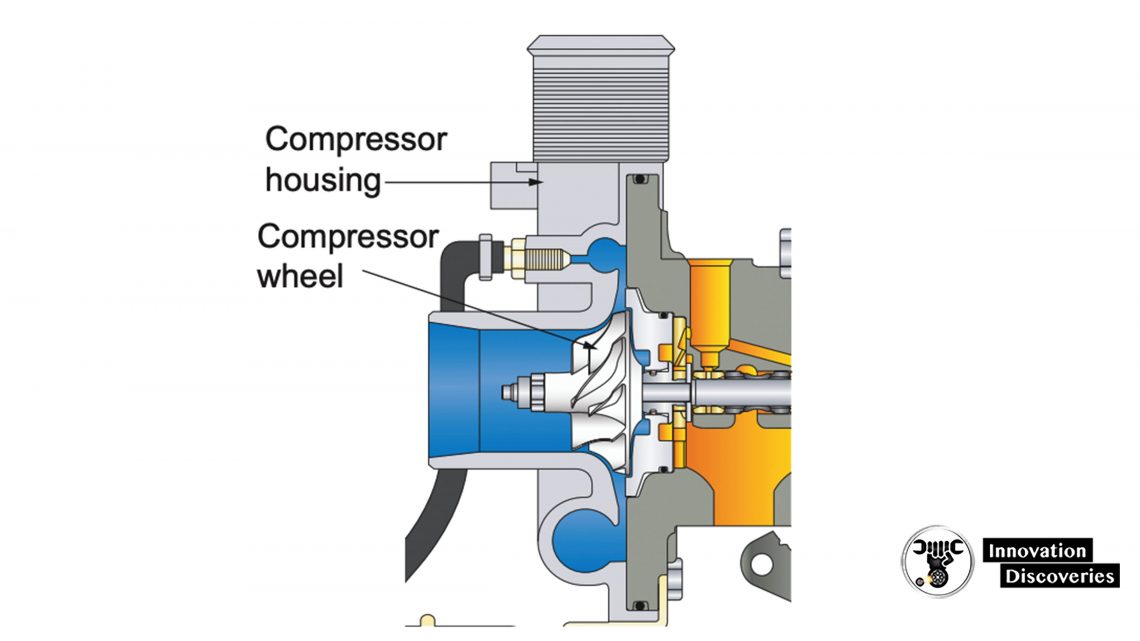
The compressor consists of the compressor wheel and compressor housing. The compressor wheel draws in air axially and delivers it radially at a higher velocity.
The compressor housing converts higher velocity air into higher pressure.
Central Housing
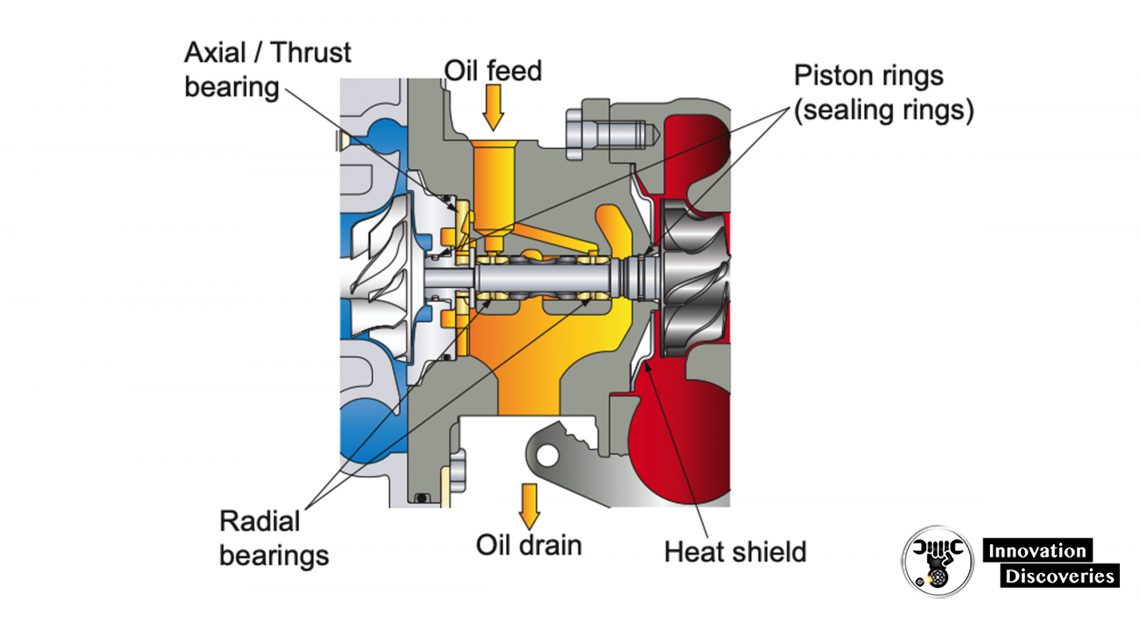
The central housing consists of all the supporting & sealing components required for the rotor assembly.
Journals & thrust plate for supporting rotor assy, and the lubricating oil passages for oil supply & drain. Piston rings for sealing.
TURBOCHARGER TECHNOLOGY
Waste Gated Turbocharger

For reasons of improved TC response, a turbine housing with a smaller cross-sectional area is chosen such that sufficient boost pressure is available at lower engine speeds.
Part of the exhaust gas is bypassed once the required boost pressure is reached.
This is achieved by opening a valve, operated by a spring-loaded diaphragm (actuator assembly) with the help of boost pressure available in the compressor housing or with the help of an external vacuum supply.
Variable Turbine Geometry (Vtg)
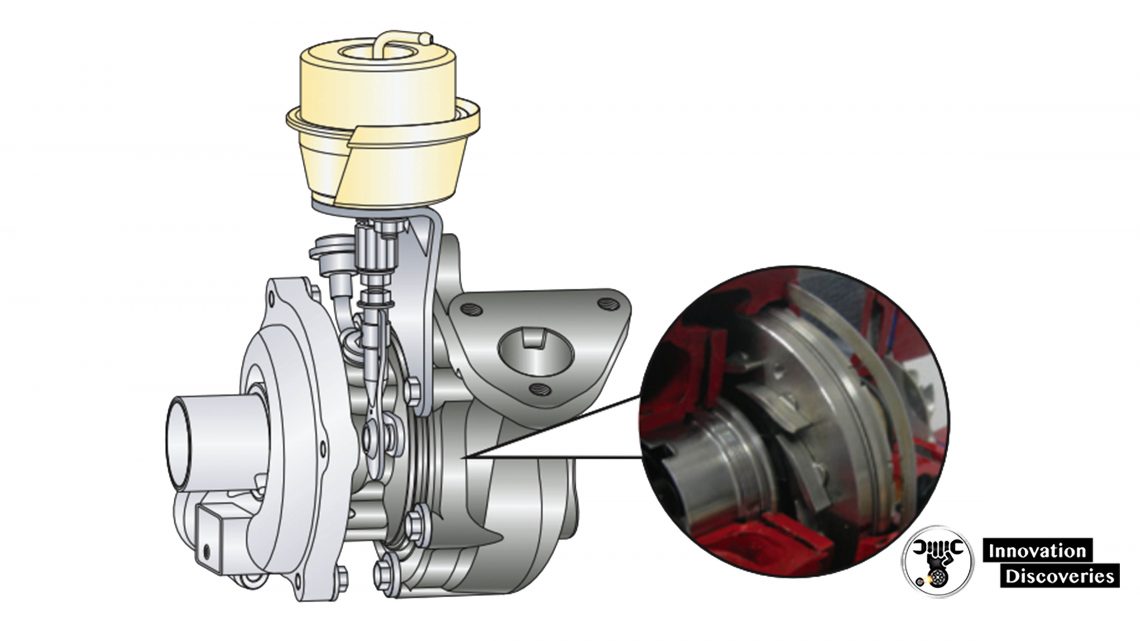
The turbine flow cross-section varies by the engine ECU demand by variable guide vanes placed in the exhaust gas flow area of the turbine housing.
As a result of continuous turbine cross section adjustment to the engine airflow Actuator assembly / Waste gate requirements, high engine torque at low speeds and adequate control strategy ensure a significant improvement in the dynamic performance of a vehicle.
Guide vane control is mostly electronic through a vacuum-regulated actuator.
R2S Turbocharger
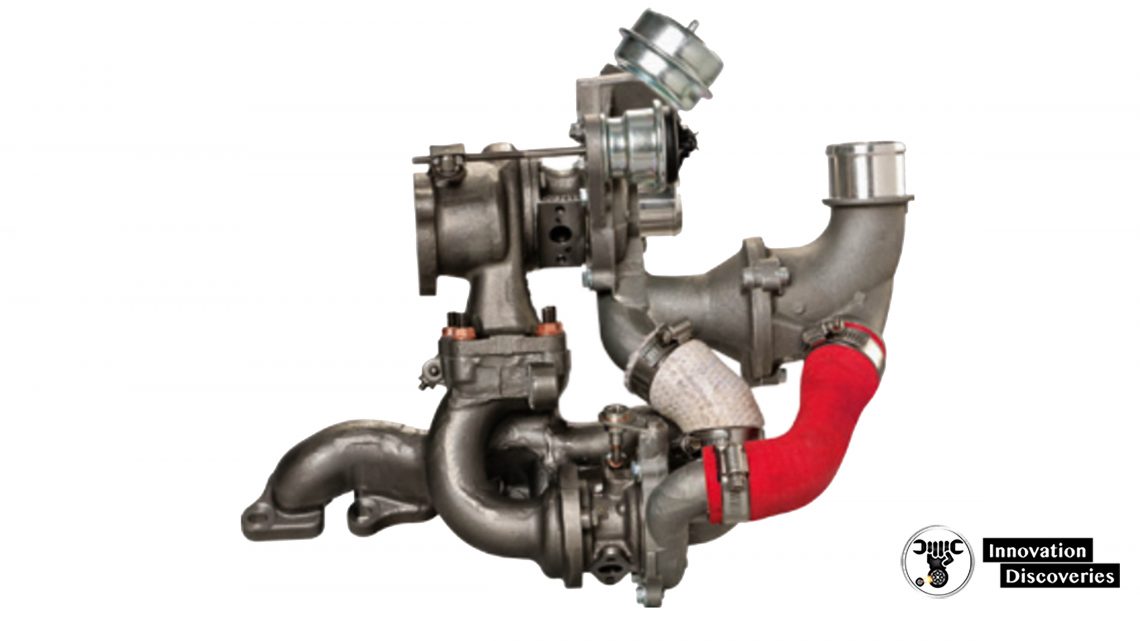
Regulated two-stage turbocharger (R2S).
This system uses one low-pressure turbocharger and one high-pressure turbocharger i.e. two turbochargers for one engine.
This technology helps in increasing the engine’s specific power output (power-to-weight ratio) and also helps in downsizing the engine while meeting the performance requirements.
NEEDS OF A TURBOCHARGER
- Turbocharger components are made from special materials, and processes and are precision-built to work under extreme operating conditions.
- However, the turbocharger needs ADEQUATE CLEAN ENGINE OIL & CLEAN AIR for its proper performance and extended life.
WHY A TC NEEDS THEM?
- TC rotor assembly rotates from 1,00,000 to 2,50,000 Rotations Per Minute (RPM).
- The clearances between the rotor and the journal are extremely small, and the parts are machined to very close tolerances (around 0.005 mm).
- TC uses fully floating journals, that rotate at half the speed of the rotor assembly.
- Filtered oil at the required pressure is essential to lubricate and cool the journals.
- The TC components are balanced to very fine balancing limits.
- Air/gas entering the compressor and turbine housing travels at very high speeds.
GUIDELINES FOR TURBOCHARGER USE
The engine manufacturer’s recommendations for operation and maintenance shall be authoritative for the operation of a turbocharged engine.
Special attention should be paid to the following:
OPERATION RECOMMENDATIONS
DO NOT ACCELERATE THE ENGINE IMMEDIATELY AFTER START
- Accelerating the engine immediately after start can make the TC operate at very high speeds with inadequate lubrication, which will lead to reduced TC service life.
- The engine should not be put under full load immediately after start, it should run at idling speed for a minimum time (60 seconds).
BEFORE SWITCHING OFF THE ENGINE
- Allow the engine to run at idle for at least 60 seconds before the engine is switched off.
- Idling will reduce the rotor speed and heat transfer, thus ensuring longer TC service life.
TURBOCHARGER INSTALLATION AND STARTING PROCEDURE
Use only the correct part number, i.e., TC approved by the engine
manufacturer.
CHECK THE TC VISUALLY FOR:
- External Damages: If TC is found damaged, do not use it.
- Correct orientation: If TC orientation is not correct, please contact TEL/TEL ASC for assistance.
- Old TC (long storage). If TC is rusted, do not use it as it is.
- Necessary cleaning, pre-lubrication, and inspection of the TC are a must before its use.
TC HANDLING
- As TC is precision equipment, it should be handled with great care. In any case, it should not be dropped.
- In the case of a wastegated / VTG turbocharger, don’t use the actuator control rod for lifting the TC.
- As Wastegated / VTG turbochargers come with preset actuators, this setting should not be changed.
- Any changes to the actuator settings will effect engine performance.
- Remove all the protective plugs from the TC before the fitment.
EXHAUST CONNECTIONS
Check the engine exhaust manifold and its connections to the TC for cracks and distortion and are free from foreign material, i.e., core sand particles, loose nuts, bolts, washers, etc.
The exhaust systems should be checked for blockage (damaged pipes, faulty exhaust brake, choked silencer/catalytic converter etc.), leakages, and their proper alignment and support.
COMPRESSOR CONNECTIONS
Clean the TC compressor outlet to the engine intake manifold connecting pipes, hoses and intercooler for residual engine oil, before the new TC is fitted.
Check the connections i.e. pipes for wear, damage, correct alignment, and hoses for cracks/ageing. Check the intercooler for leaks and blockages.
Check the hose clips for their proper functioning. Replace with recommended clips wherever necessary.
Check air cleaner, filter elements, and its connecting pipes and hoses to the TC are free from foreign material.
Air filter elements should be cleaned/replaced as recommended by the engine manufacturer.
OIL INLET AND DRAIN CONNECTIONS
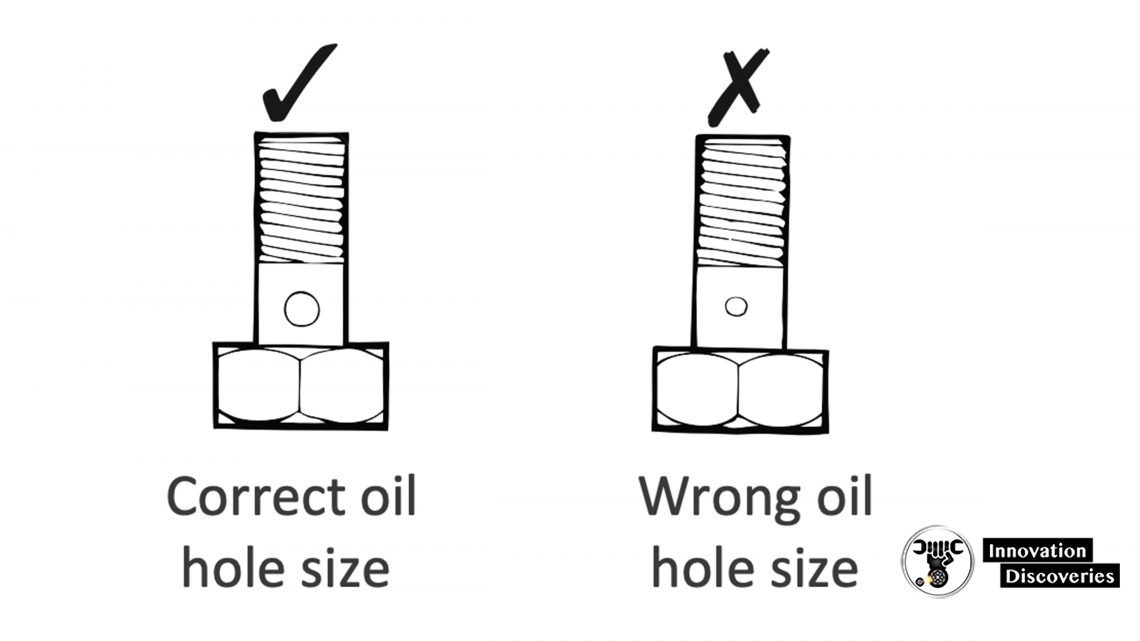
Oil inlet and drain pipes, and connections to the TC, should be examined for carbon deposits, cracks, distortion, etc.
Pipes should be thoroughly cleaned before fitment. If found damaged, it should be replaced.
Ensure that the recommended size of the oil inlet pipe and banjo bolts are used.
During replacement, care should be taken for proper routing and fitment to avoid excessive stress on the connection.

- Use only the recommended gaskets for the fitment of the TC to the engine.
- Do not apply gasket sealant (Shellac, Anabond, grease, etc.) at the oil inlet and compressor inlet connections.
- Do not use thread sealant in the oil supply line.
- Before starting the engine, fill up the oil feed hole of the TC with clean engine oil to ensure lubrication during engine start-up.
- The oil filter should be filled with clean engine oil to minimize oil reaching time to TC.
Replace the engine oil and oil filter, if necessary (adhere to the engine manufacturer’s recommendation for correct grade and change periodicity)
Disconnect the TC actuator operating switch/hose (for VTG TCs) during the first starting.
- Disconnect the oil drain joint between a turbocharger and the crankcase.
- Crank the engine without starting, until oil flow is observed in the turbocharger oil drain line.
- A funnel can be used to return oil to the crankcase. Reconnect the oil drain joint.
- Check the engine oil pressure. Do not run the engine if oil pressure is found less than the one recommended by the engine manufacturer.
Connect the TC actuator operating switch/hose (for VTG TCs).
ENSURE NO LEAKAGE
With the engine in running condition, check the oil line, air and gas connections for leakage and their proper functioning.
Check oil inlet and return line connection for leakages.
Ensure that the air cleaner to TC connections are intact. Check air leakages at compressor outlet to inlet manifold.
Check exhaust gas leakage at the exhaust manifold and the turbine housing joints.
The most common reason for NOISE complaint is a small leakage of exhaust gas or compressed air.
CAUTION: Stay away from running the turbocharger (at engine higher RPM)
TC VISUAL INSPECTION PROCEDURE

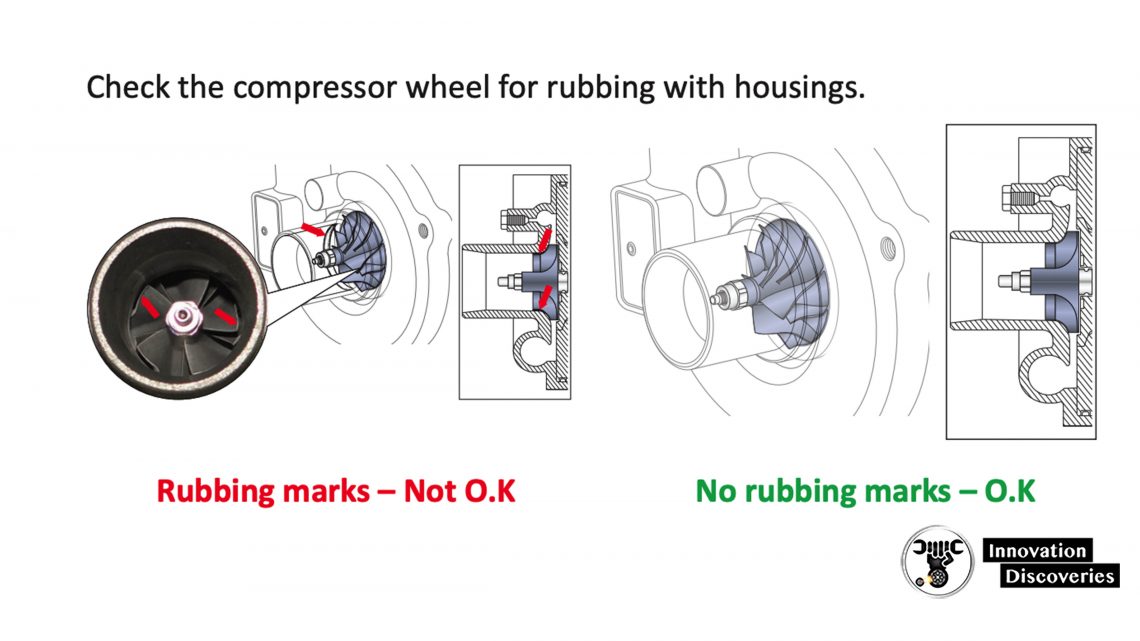
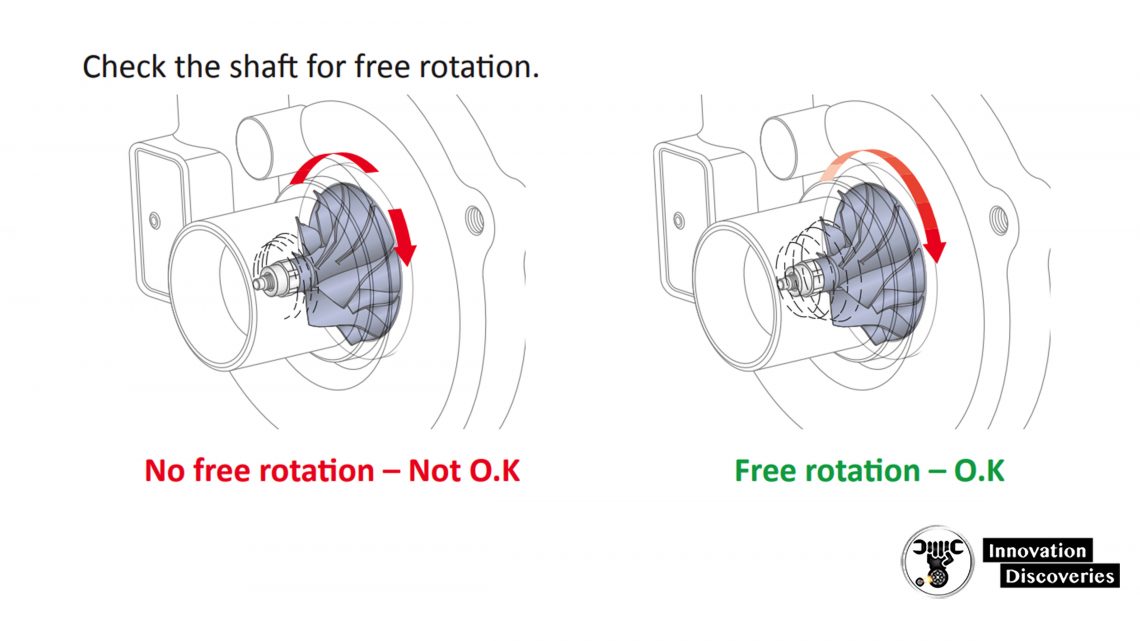
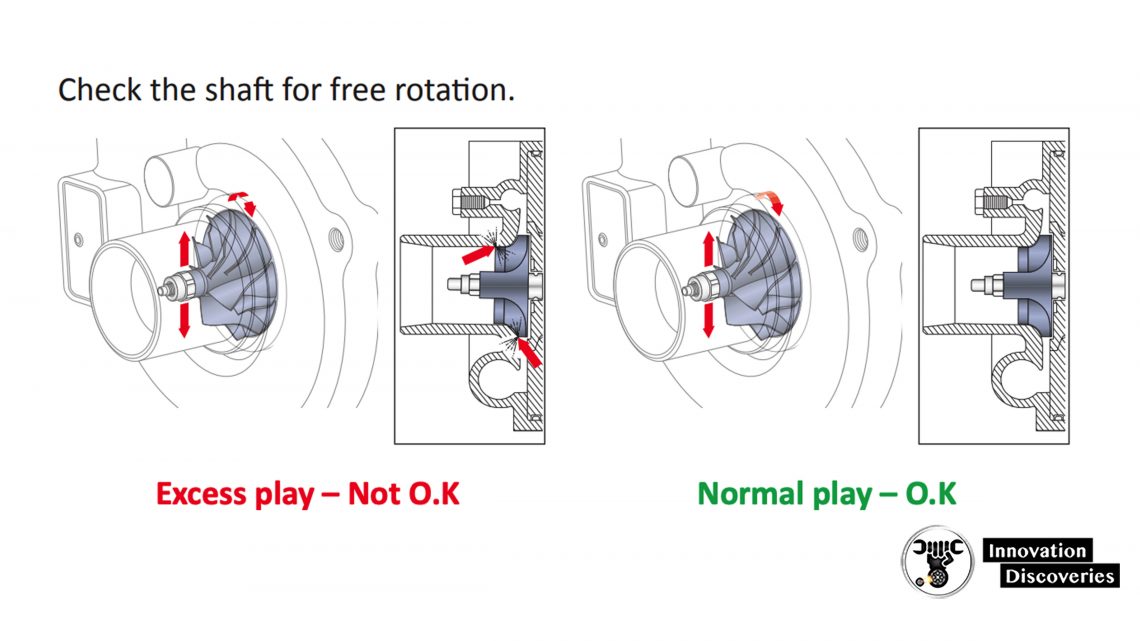
Note: Follow the same inspection procedure for the turbine side also.
PNEUMATIC ACTUATOR ASSEMBLY CHECKING PROCEDURE
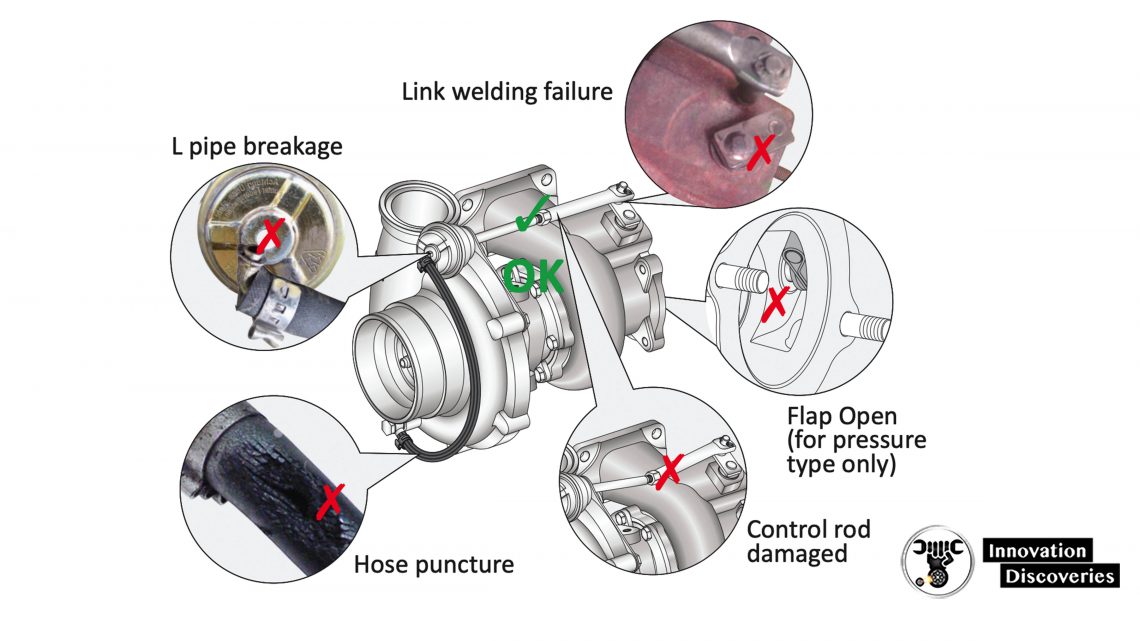
Check the TC actuator assembly for its proper functioning i.e. check for damages, tampering, and loose or open connections.
VTG TC VACUUM ACTUATOR CHECKING PROCEDURE
The normal working condition:
With the engine switched off, TC actuator will be in OPEN condition i.e. Actuator control rod length will be maximum.
When the engine is switched-on (while the engine is in running condition), TC actuator control rod will be in a closed condition, i.e., the actuator control rod length will be minimum.
During the engine operation, the TC actuator control rod moves freely without restriction.

Symptoms: Vehicle speed is not O.K, Check Engine light is ON.
Diagnosis on the Vehicle: Connect the engine diagnostic and check for fault code (Ex.: Engine airflow deviation – Not O.K)
Checks on vehicles:
- The vacuum hoses for correct fitment, Open/damaged hoses will cause actuator malfunctioning.
- Switch the controlling vacuum supply to an actuator for proper functioning.
- The vacuum pump is functioning correctly.
- A sufficient vacuum supply is there for the TC actuator while the engine is in running condition.
Checks on TC:
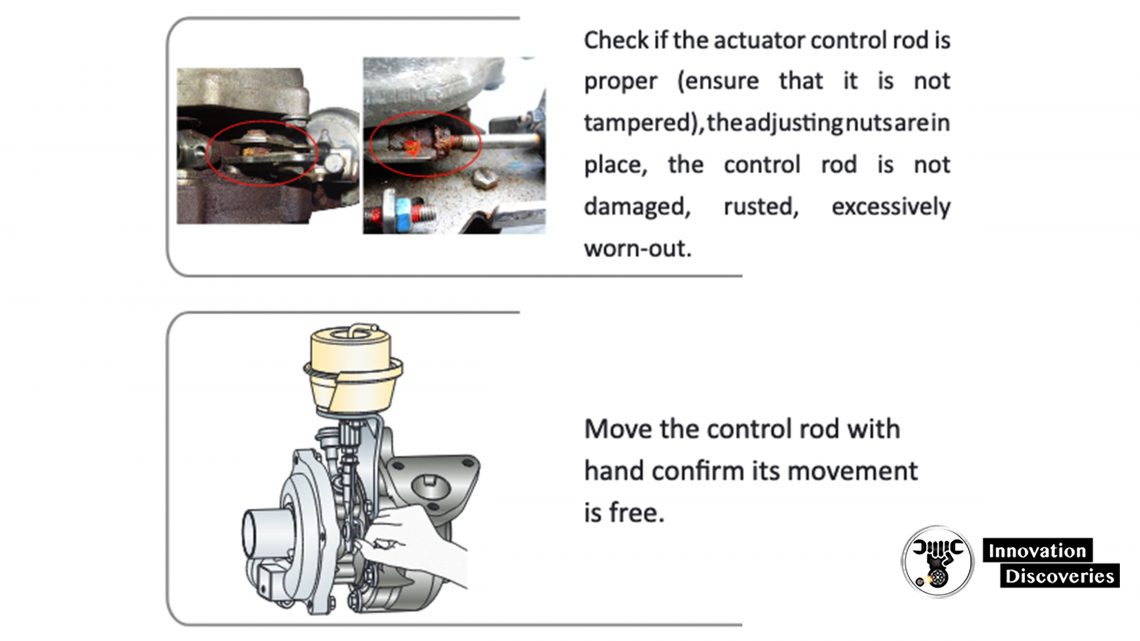
TURBOCHARGER FAILURE ANALYSIS
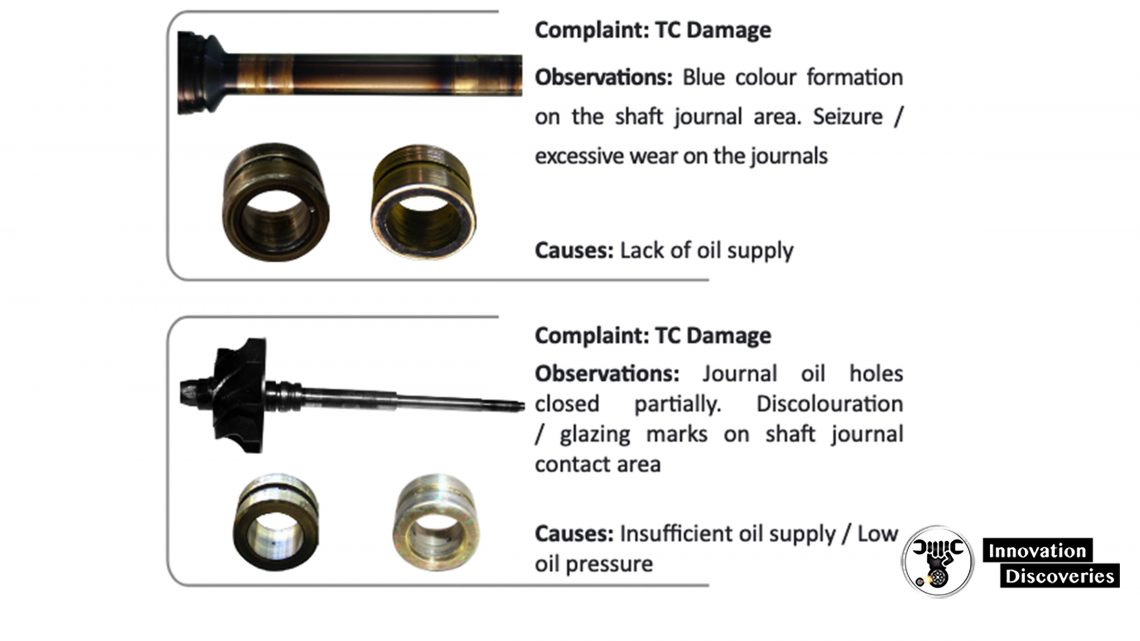
TURBOCHARGER: COMPONENTS, WORKING PRINCIPLES, AND TYPES
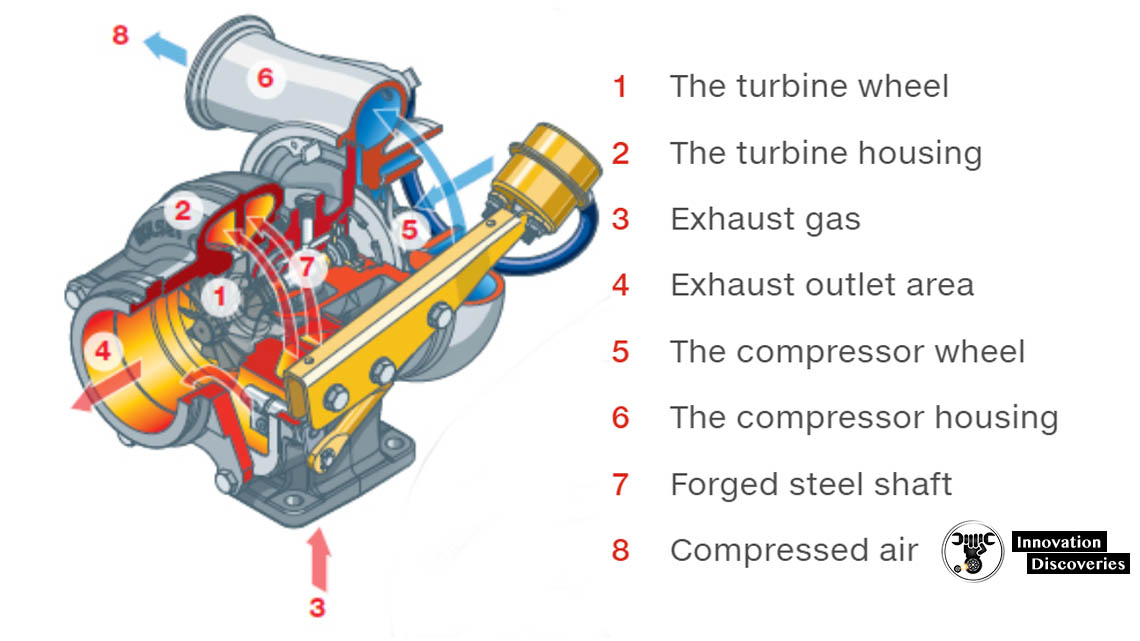
Visit Forum
Visit Our Friendly Website


